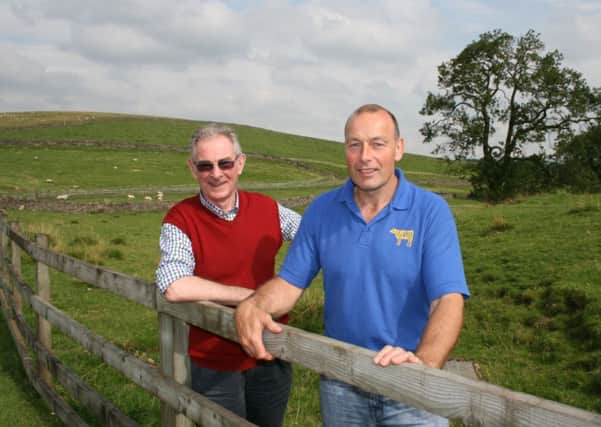Comment: Sharing can ease farm successions


That said there are times when a long involvement can be useful and that applies to my interest in share farming. It was in the early 1980s, when I became involved nationally with the CLA, that the Association first produced guidance on how to set up a share farm contract which avoided the ‘heffalump’ traps created by our land-tenure laws.
Coincidentally a tenanted farm became vacant at the time and I agreed to a share farm arrangement with David Coates, on the basis that all was not lost if it didn’t work. Well that was 30 years ago and we’re still at it. I also started another arrangement on a different farm in the early 1990s with Tony Shepherd, which also still runs. The basics are very simple. Two people - the owner and the operator - agree to share the farming of a piece of ground. They are two separate businesses and there’s no joint bank account. In my case I provide the place and the operator provides labour and machinery. The agreed share is 70 per cent to the operator and 30 per cent to me.
Advertisement
Hide AdAdvertisement
Hide AdSo when we buy some sheep or cattle he pays 70 per cent, I pay 30 per cent. All income and expenditure is split 70/30 giving us each a net trading profit from our shared activities. Out of mine I pay for all of the insurance and repairs for the property. The operator pays and has full responsibility for the labour and machinery. We each submit our own VAT return and set of accounts.
I don’t get a rent but am taking the full commercial risk of being in business and we both share the good times and the bad.
I want to emphasise how very flexible it can be: An arable farmer with 200 acres of grass on rotation can offer a young person an opportunity to share farm sheep. A tenancy has to specify the fields, but a share farming agreement will be for the grass wherever it is.
An ageing beef and sheep farmer losing his mobility and contemplating giving up can agree to share farm the sheep with a young farmer whilst continuing to run the cattle himself. Perhaps in time the younger man will gradually ease into farming the lot.
Advertisement
Hide AdAdvertisement
Hide AdAs demonstrated by Tom Rawson at Evolution farming, an expanding dairy business can avoid the capital cost of buying more cows by share farming with someone who already has some - perhaps a dairy farmer feeling the rigours of age and fearing retirement. By share farming his cows he is relieved of the chore of milking and can stay in farming.
In family farming businesses there’s inevitably the tricky time of deciding how and when successors are to be included in the ownership. With so much capital now involved, a partnership can be high risk whereas share farming gives the entrant a good incentive and yet limits the liability in the early years.
How to get young people started in farming is regularly discussed but perhaps we should be looking at the other side of the coin – how to get the oldies out! The real snag is that, whether owner-occupier or tenant, you’re either in or out. Share farming provides a system for the oldies to ease out and the youngsters to ease in, and for that reason I believe it needs to be more widely understood by those planning the future of our industry.
John Henderson is president of the Country Land & Business Association in Yorkshire.